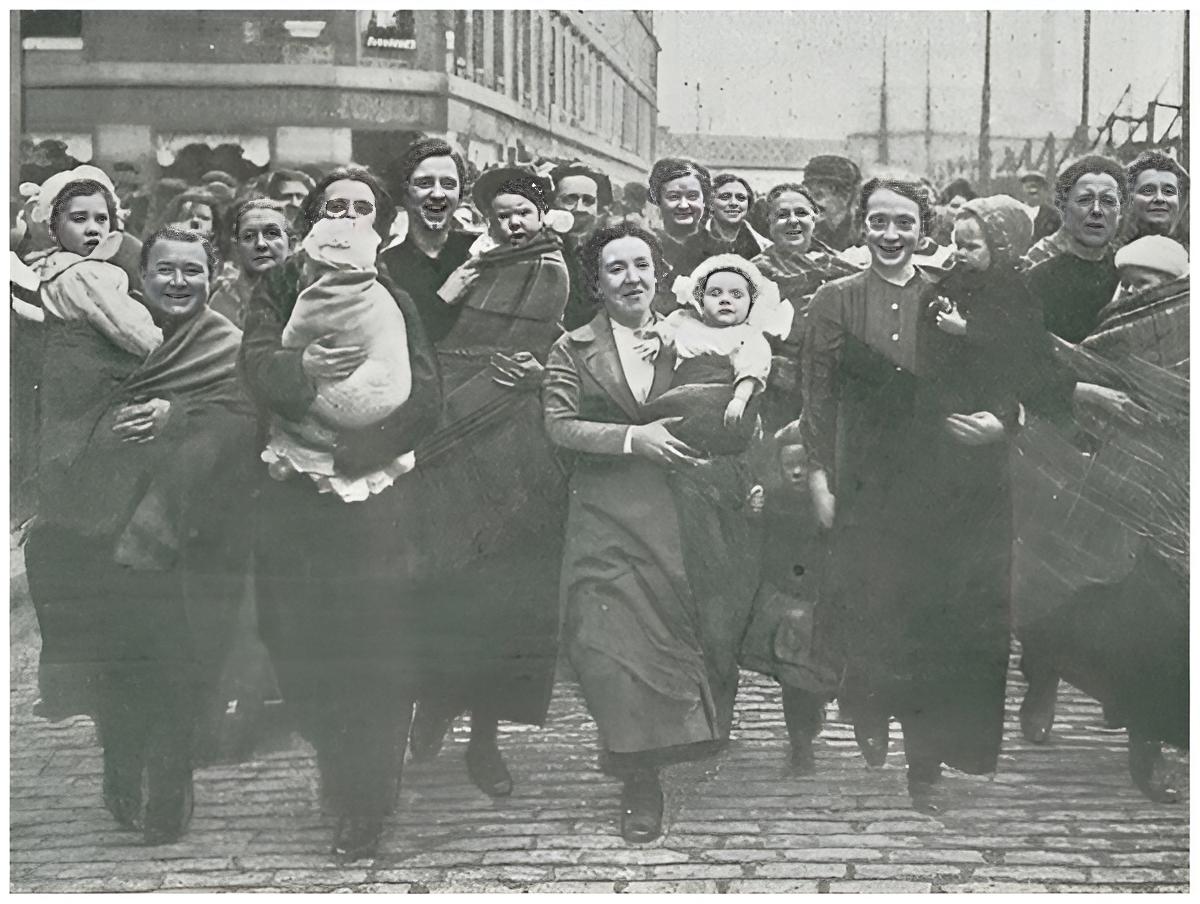Women in Scottish History, or WISH, is a project funded and developed by the University of Guelph, and it’s a fascinating effort that originally launched in 2000.
The WISH database strives to collect and maintain four types of Scottish records, including:
– Bibliographies of Scottish Women
– Biographies of Scottish women
– Documents relating to the Women in Scottish History
– A list of researchers specializing in the field of Women in Scottish History
The database can be searched by keywords or by selecting a specific date range. While it’s not the easiest archive to navigate, the hunt is well worth it for tidbits of information. These little snapshots show us, little by little, the hardships and heartaches that Scottish women endured long ago.
One of the most fascinating collections is the document section and it’s extremely easy to get lost rummaging through it. These records are a treasure trove full of details and glimpses into the messy side of every day life. It’s the sort of stuff most of us hope never ends up in the public domain or (even worse) preserved for 500+ years. As you read through these papers, you can’t help but feel compassion for these poor souls.
An example is a record of punishment for fornication under promise of marriage, dated 1606. In this document, a young woman, Agnes Wan, appears in Kirk Session of Dundonald with her fiance James Cander, where both confess “their meddling together” before taking official marriage vows performed in a church.
Another document dated 1568 in Aberdeen details the local church’s attempt to mend an irreparable marriage. Nothing works, of course, and so the couple is then called upon to appear in person to explain their circumstances. Unfortunately, for them, their misery is well documented as follows:
“The said Day, William Cryste, cordiner [shoemaker], being complained upon by Janet Kyd, his lawful married wife, for putting her away from him, and taking in her place a whore, called Margaret Myrton, and holding house with her, being called both before the Assembly, and accused of the same, could not deny it; and the said William plainly spoke and affirmed that he would never receive his wife again for any man that would speak with a tongue, wherefore the Assembly decreed and ordained them both to be punished conform to the act made against open adulterers.”
If a woman managed to avoid the fate of fornicator, adulterer or young widow, it still didn’t mean she was in the clear for an easy life. In 1589, poor Anny Sampson of East Lothian narrowly escaped death after the men in her village suspected she was a witch and went to the church to complain. She survived the accusation only to fall under similar charges in North Berwick later that year. Poor Anny.
The researchers at WISH say they are documenting “the fascinating history of Scottish women: What was written about them, and the short stories of their lives…” and we think they’re doing a wonderful job.
To learn more, please visit WomenInScottishHistory.org


